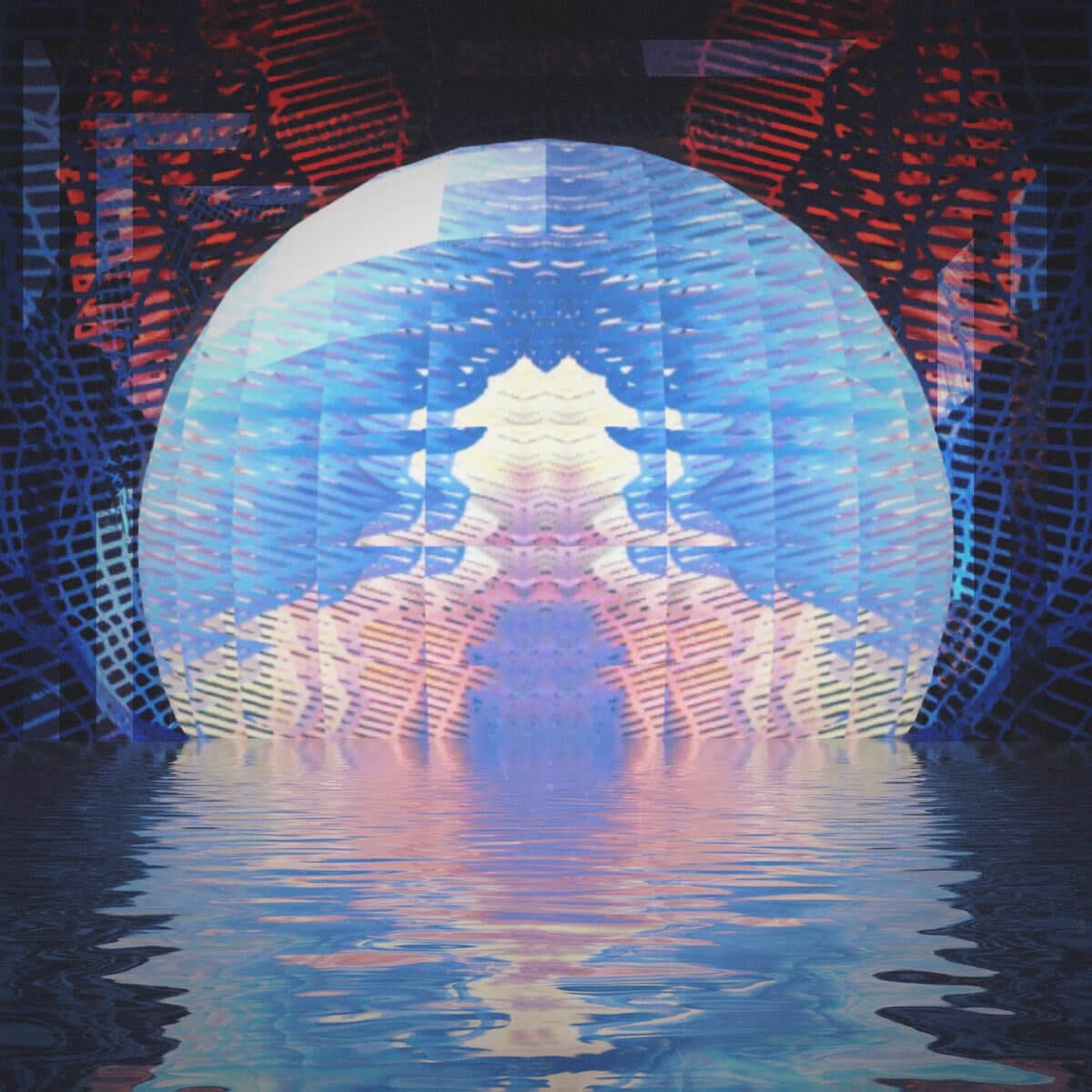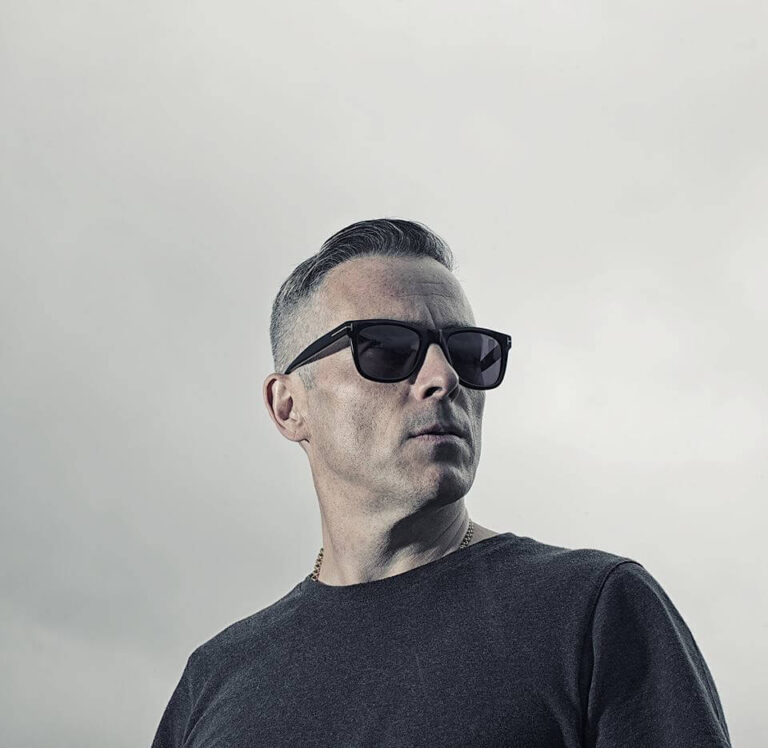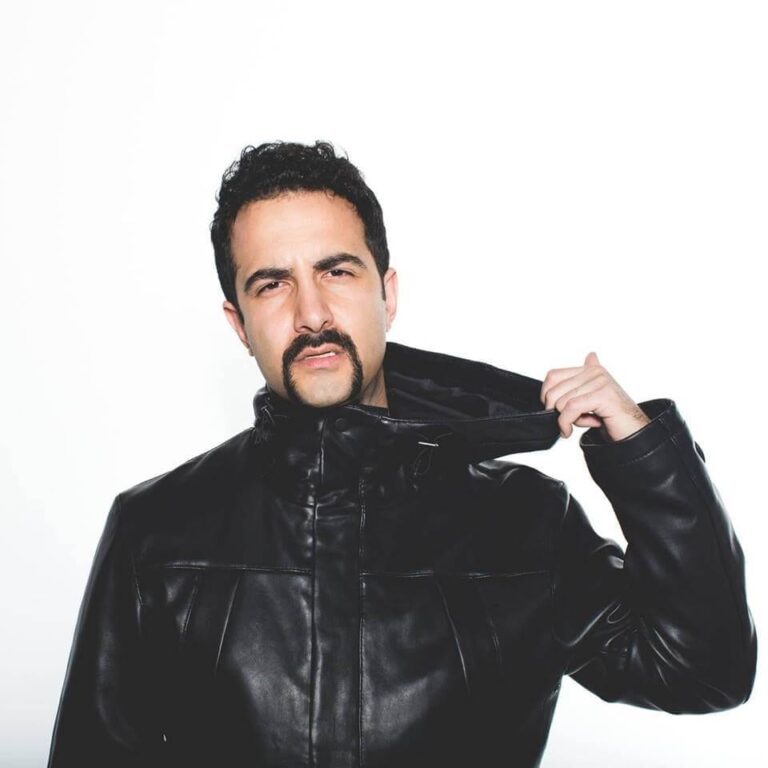December 2015: Plastician dropped his inaugural Wavepool mix.
A fresh fusion of styles and sounds he’d been exploring on his Rinse radio show for a year prior, it was the first time he consolidated some of online movement’s most exciting artists and sounds in one extensive mix. With it came a deep description on where the music was coming from (globally and largely through Soundcloud and Bandcamp), who it was coming from (DIY producers, many of whom in their teens) and why it was such an important movement (completely independent, removed from the mainstream and commercial trappings)
18 months later and the sound is still as vital, exciting and is now much harder to avoid. Labels such as Wavemob, Plastician’s Terrorythm, Trapdoor, Liquid Ritual and Yusoul are stirring the melting pot that’s fizzing with influences and references. The bedrock elements of trap and vapourwave are joined by shades of trance, cloud rap, grime, house, electronica, lofi while tempos are and formulas are still very much freeform as more and more intrigued artists are experimenting with the new wave sound. A sound that’s succinctly captured by Plastician in his second Wavepool mix that also comes as a 29 track album.
Released today it features some of the movement’s key artists such as Klimeks (founder of the Wavemob community) Skit, Sorsari, Noah B, WRCKTNGL, Yedgar, Kareful and many more. An example of just how much wave has progressed in the last two years, while the first Wavepool project was a mix, this one has elevated to an entire body of work which you can check right here.
Fresh from broadcasting his first live stream on VR with Unreality Journeys last weekend, we collar Plastician to get his take on where wave is at and how much of his life Wavepool 2 took up…
I got the vibe that the initial Wavepool mix did better than you expected. Like you were just putting it out there to test the water and it flew beyond expectation. Was that the case?
Totally. I think when I did it I just wanted to put a mix together of that sort of music / vibe and after listening to it, it felt like it may be the mix that would connect my listeners with the sound a bit more. I was really pleased with it and felt it to be a good representation of the sound but had no idea it would have gone as far and wide as it did. It seemed to be a reference point for a lot of the opinions on wave music since and it’s gained a lot of play because of that I think.
18 months later. How much has changed for the wave sound and scene?
I think just listening to the Wavepool 2 album you can really hear now that there’s a lot happening sound wise that has taken it away from that borderline trap style that so many people referred to it as. You can hear more influences creeping in too – I feel that the eastern European and Scandinavian based producers have brought a lot of trance and dance influence in, whereas on the American edge of the sound you can hear a lot of that grunge influence too. But putting those sounds together makes you realise it’s all melding together surprisingly well and that’s bringing the sound to a lot of new ears too as it’s made it more relatable to a wider audience.
It was very much a Soundcloud community and free download based but it seems more labels are supporting it now – have you found that? And which labels have really taken the sound and run with it?
Definitely. I think most of these labels have also been born out of Soundcloud, just wanting to move a bit more proper than just offering Soundcloud-only free downloads / files hosted on filesharing sites etc. It’s not difficult these days to run a Bandcamp page or a label even. So a lot of the more business savvy fans and producers have upped their game and started making sure the music is not just on Soundcloud. Collectives like Wavemob, Liquid Ritual, Accidental Poet, YUME Collective, Yusoul, STYLSS – there are more popping up all the time too.
One of the most exciting things about wave when it first emerged was the fact it doesn’t follow any formula and is pretty freeform. Is this still the case?
Yeah I feel like it’s still quite diverse in terms of tempo. I do think we’re hearing more and more at 140 now though which has been cool to see if the grime DJs or dubstep DJs picked up on it, and that does seem to be the case in terms of where I’ve seen other DJ’s select from wave in live performances. I still think for me personally that the sweet spot for the sound lies somewhere between 118 and 130 bpm though as that is such a unique tempo for club music which is mostly built in half time. I think that for me is something new I’ve experienced in a club setting so it’s been refreshing.
How is its transformation into the clubs going? I know you’ve had your Survey nights and Kareful has hosted a few – I’m sure there’s more – are wave artists getting more bookings / are there more wave nights happening?
Yeah definitely, most of the London shows will be put on by me, or Skit (Yusoul), Yung LDN or Kareful and the Liquid Ritual gang and we get a good amount of heads through for those. A few other London club nights have booked acts associated too, and I’ve always been playing some wave stuff at my own shows for a few years now. I think that’ll be a big thing when more outsiders begin promoting and booking the talent. There’s also been more shows overseas, especially in eastern Europe which seems to be becoming a big hub for the sound.
Has this influenced the sound of the records being made? Are they easier to mix now and have the mixdowns changed?
I’ve definitely noticed more structured music, much easier to play in clubs definitely. More people are paying to master properly too which has made the job a lot easier when on big stages or systems.
I think the big difference between the initial Waveoool mix and this one is the fact that this is also available as an album. With the first mix you barely knew the artists besides their Soundcloud page or email. Now you’re releasing their music. 29 tracks is pretty substantial… Maybe one of the biggest projects you’ve released on Terrorhythm?
I think this one and Plasticman Remastered were the two biggest. Plasticman Remastered took two to three years to get done as it was such a pain finding all the project files etc. This one was a different beast though! I had to deal with 30 different artists. The communication back and forth was intense – just trying to keep on top of newer versions of songs being made too as the process took almost 10 months to complete. Artists were bouncing new mixdowns, and some were resubmitting entirely different songs.
Also getting premasters from people was hard – with such a range of acts it went from getting stuff that sounded as good as mastered, whereas others would be submitting distorted versions or overly compressed audio etc. It’s still very much a DIY scene and many producers are still learning too, so I definitely felt like the experience will have helped a lot of the artists understand the process of releasing a body of work too. I think that’s the best thing about the album and the experience of it for me – knowing that this was the first thing many of them would have ever released on a label, or even onto streaming platforms / iTunes etc. They’ll also get a first taste of what to expect from a label as well so my job continues after the release to ensure the experience is a good one haha!
You must have been working on it while developing your Unreality Journeys broadcast too. Tell us about the new broadcast / VR concept while you’re here…
That’s actually taken over my life for a few months now in the best possible way. Just working inside VR seemed like a cool concept visually, but since getting involved in the industry and seeing what’s possible really opens us up to a world of opportunities and we’re hoping to give people a cool and interesting space to experience what VR can be used for in applications where they might actually enjoy using it regularly. In many cases up to now VR was pretty limited to gaming or a 360 live video feed, so we’re hoping to demonstrate how it might be applied in music.
The radio show is certainly the first idea we had but there’s a lot of really exciting things we’re working on too. We’ve built an app that we can stream directly out of into Facebook / Youtube – this allows us not only to control the virtual environment in real time but it also allows users from the general public to place a virtual avatar of themselves into the live environment – inside this they can actually walk away from the area we’re broadcasting from and walk around inside it – and while they do this, viewers of the 360 live feed will be able to see these people walking around inside the environment while the show broadcasts. It’s all pretty crazy as you can tell. But I’m working with the smartest people in VR tech, they’re literally hacking into the mainframe of VR and rewriting it.
What’s next?
Lots more on Unreality Journeys, and Terrorhythm too! We’ve got music coming from Klasey Jones, Plastician and more new faces too in the next four months. Unreality Journeys will be gradually rolling things out like the app I mentioned, as well as introducing more regular broadcasting and special DJ mixes and live performances too through our channel.
Follow Terrorythm: Facebook / Soundcloud
Follow Plastician: Facebook / Soundcloud


